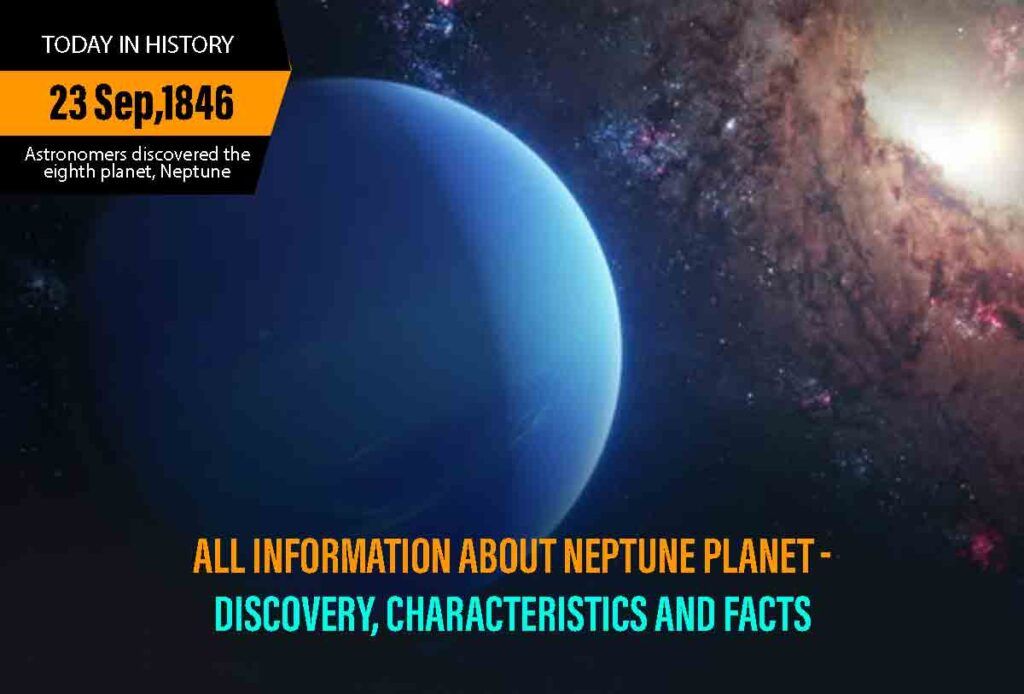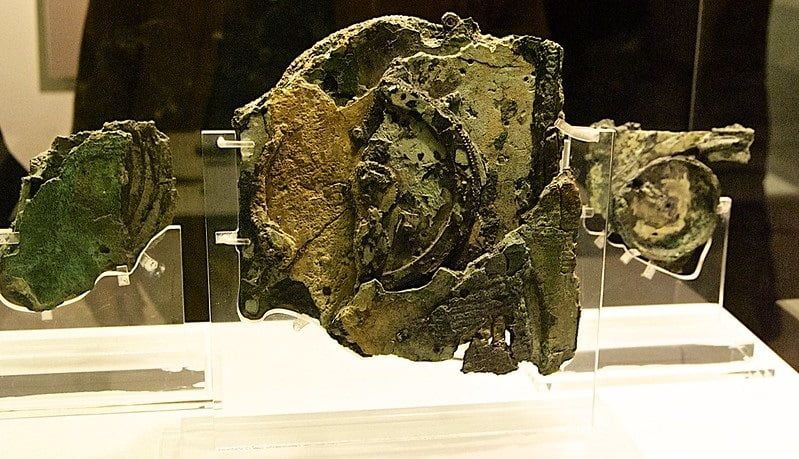Neptune, the ice-cold planet, is wrecked by supersonic winds and a violent atmosphere. The blue planet marked the start of a revolutionary era where mathematics and theoretical information about Neptune planet began to lead astronomical research apart from the observations. Want to get more information about Neptune planet? Some interesting facts about the planet Neptune? Or whom Neptune was discovered by? Go ahead to read about what are the characteristics of the planet Neptune along with some interesting facts about planet Neptune.
All Information About Neptune Planet
Among the eight planets of our solar system, Neptune was named after the Roman God of the sea as suggested by its discoverer in 1846. Read below all the information about Neptune planet.
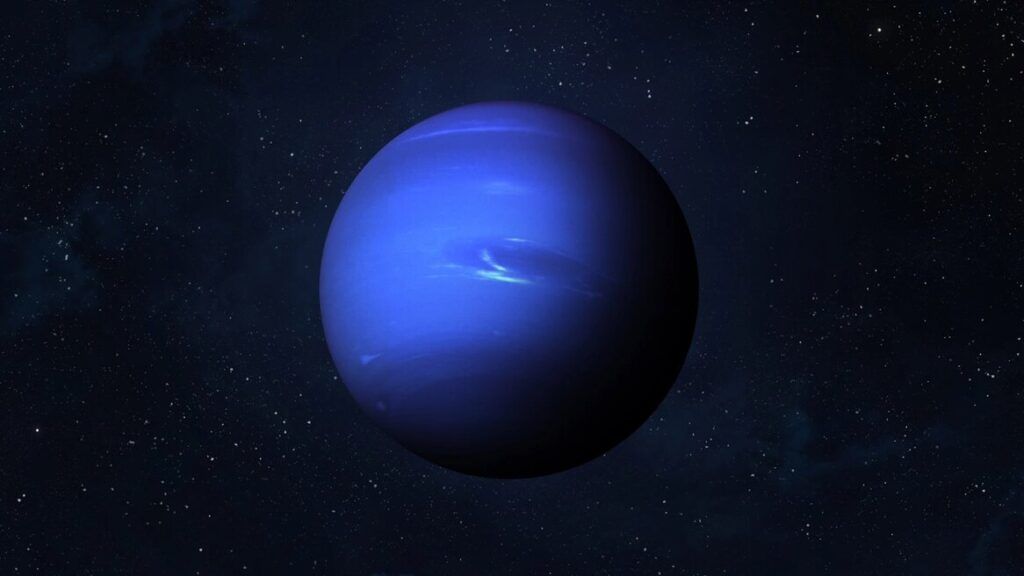
Discovery: Whom Neptune Was Discovered by?
One of the most interesting discoveries about planet Neptune is that it was the first planet in the history of astronomy to be discovered by mathematical calculations way before its discovery by observational studies. Two astronomers, Urbain Jean Joseph Le Verrier (French) and John Couch Adams (British), independently discovered the existence and position of Neptune, using only mathematical predictions.
While still published among a small group of people, not much emphasis or buzz was created by these mathematical findings that can spark interest in astronomers to find the planet via observation. Thus, Verrier sent his findings to Johann Gottfried Galle, a German astronomer at Berlin Observatory.
In the year 1856, on 23rd September night, Galle’s student and he set up everything to observe the planet, and only after midnight, on 24 September, was the planet discovered within 1° of Verrier’s calculated spot. Thus, on the night of Sept. 23-24, 1846, astronomers discovered the eighth planet, Neptune, orbiting around the Sun.
Maths Behind Neptune – How Was Neptune Discovered Mathematically?
What pushed the astronomers to actually delve into the study of a non-existent planet and materialise it on paper from thin air? Well, the answer lies in the orbit of Uranus, our seventh planet.
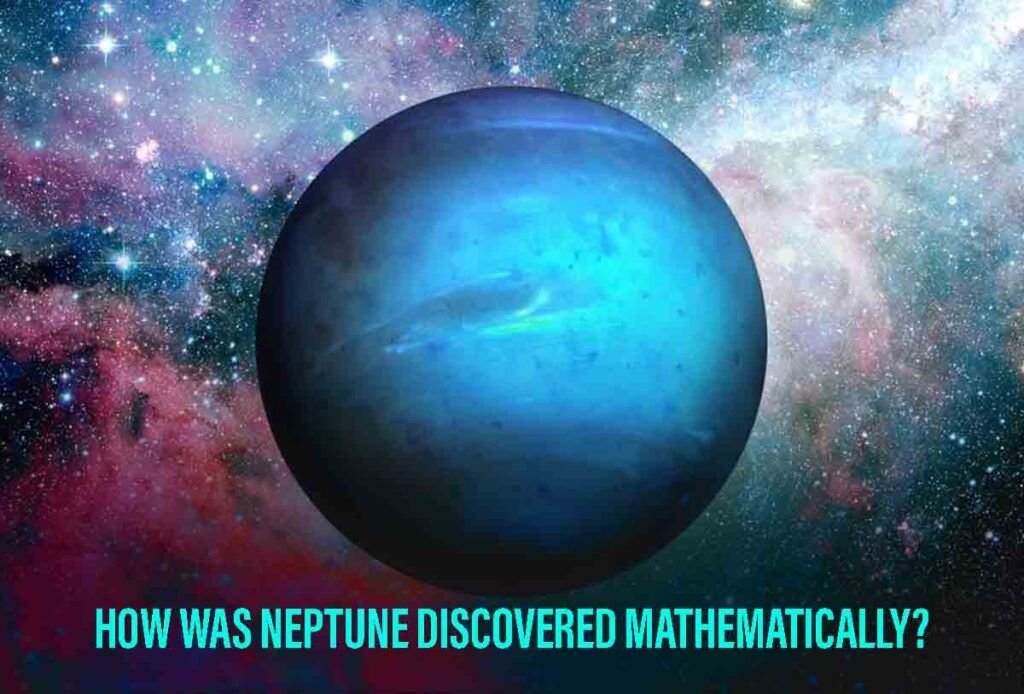
In 1821, Alexis Bouvard published the calculated orbit of Uranus, according to Newton’s laws of motion and gravitation. But upon observation, the planet was found to be deviating from its prescribed orbit. Thus, a hypothesis then came into existence that there must be the presence of an unknown trans-Uranian planet whose gravitational field is disturbing Uranus’ orbit. But working on the complex mathematical calculations to prove the hypothesis was considered a very intimidating task.
In the 1840s, John Adams was certain of the presence and began his calculations which were based on the inverse problem, i.e. deducing parameters of a mathematical model from a set of observed data, a regression analysis. It took him two years to complete the calculation, but it wasn’t taken seriously during those times. Later, Verrier, who had started his independent calculation simultaneously, sent those to the Berlin Observatory and based on it, finally, the new planet Neptune was discovered.
Also Read- NASA Space Pictures – View James Webb Space Telescope Images
What Are The Characteristics Of The Planet Neptune?
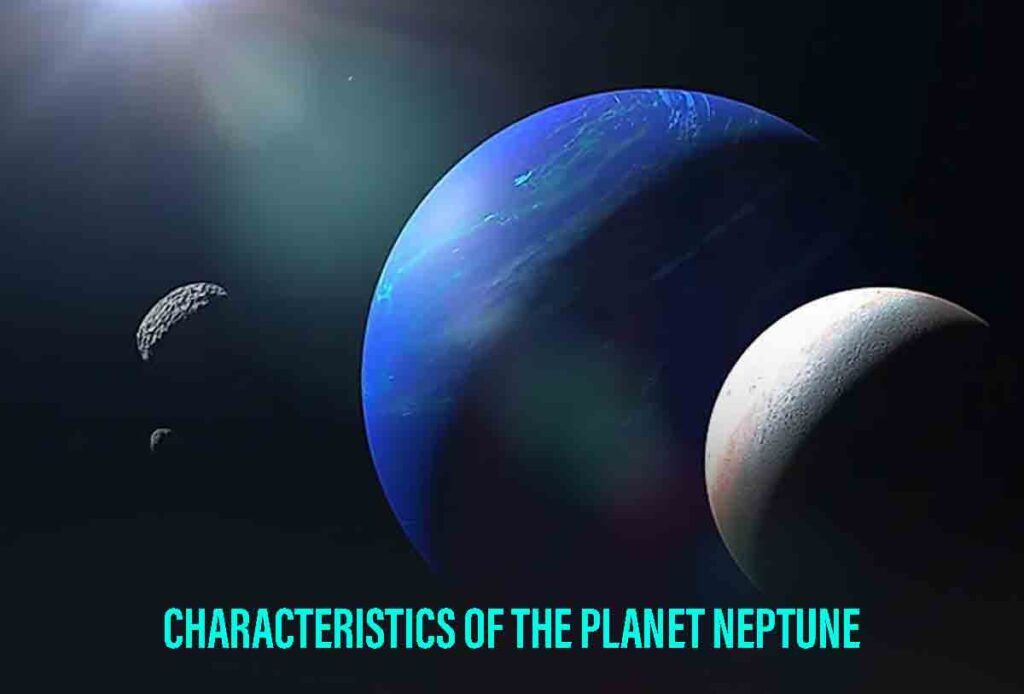
Our blue planet Earth has a twin planet in terms of colour. Neptune, when observed through the telescope, appears a vibrant shade of blue, with slight green and red hues on the upper area of the sphere. But Earth has water, so it is blue.
Ever wondered, what are the characteristics of the planet Neptune or why is it blue? This can be attributed to atmospheric methane. Neptune’s atmosphere consists of hydrogen, helium and methane.
While helium comprises almost 80% of the atmosphere, methane is merely 1%. And this methane absorbs the sun’s red light and reflects the blue light back into space. Thus, what we see is a blue dot of a gaseous planet.
10 Interesting Facts About The Planet Neptune
After the removal of Pluto as a planet from our solar system, Neptune is the farthest planet in the solar system. Apart from that, here are 10 interesting facts about the planet Neptune.
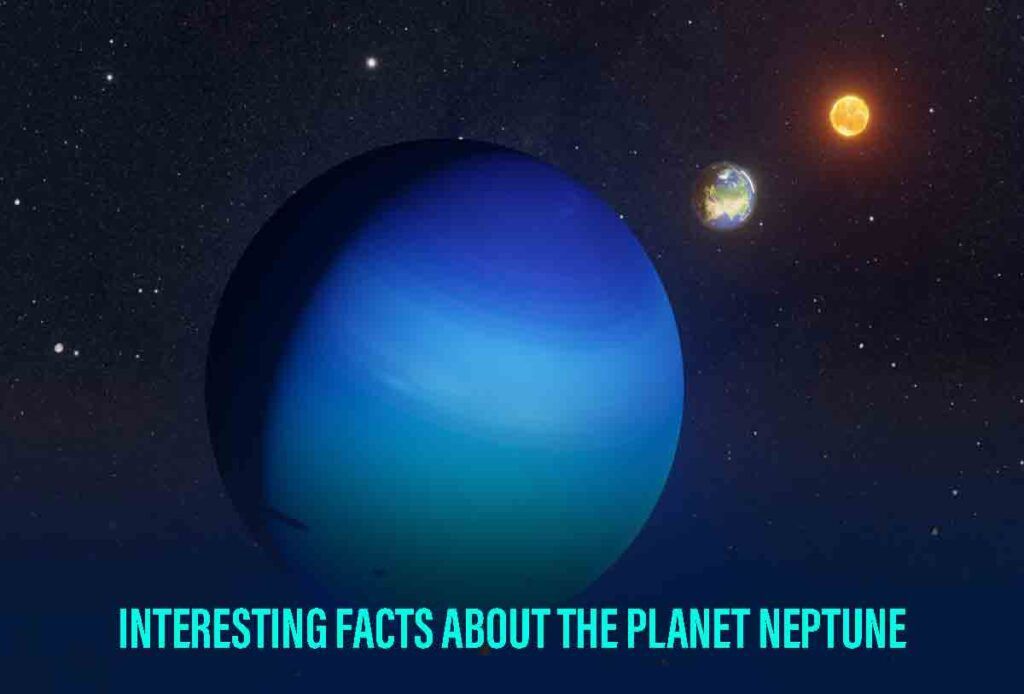
- Neptune is the smallest of all other gaseous planets in our solar system with a radius of only 24,764 km. But being small in size and high in mass, it is the densest gas giant among the four.
- The surface gravitational pull of Neptune is almost similar to that of Earth, even 17 times stronger. However, since Neptune is just a ball of gases, thus, you cannot stand on it without endlessly sinking into its core.
- Being farthest from the sun, Neptune is the coldest planet with the lowest recorded temperature of -221.45 degrees celsius.
- Just like Saturn and Uranus, Neptune too has rings around it. There are five in total and are named after the astronomers who had major contributions to its discovery, namely, Galle, Le Verrier, Lassell, Arago and Adams.
- There has only been one instance when a spacecraft has seen Neptune up-close i.e. about three thousand kilometres away from its north pole. It was NASA’s Voyager 2 in 1989.
- One of the facts about the planet Neptune is that the planet has the entire solar system’s strongest flowing wind speed of about 2100 km/h.
- According to computer simulation, it might be raining diamonds close to the core of the planet.
- History says that Neptune was discovered by Galileo two centuries prior to its actual discovery.
- According to observation, it is believed that Neptune has probably captured Triton, its biggest satellite from outer space and is not formed from the planet itself.
- Another fact about planet Neptune is that it’s the only planet among our eight planets which is not visible to the naked eye.
For more related articles, Visit Discover










